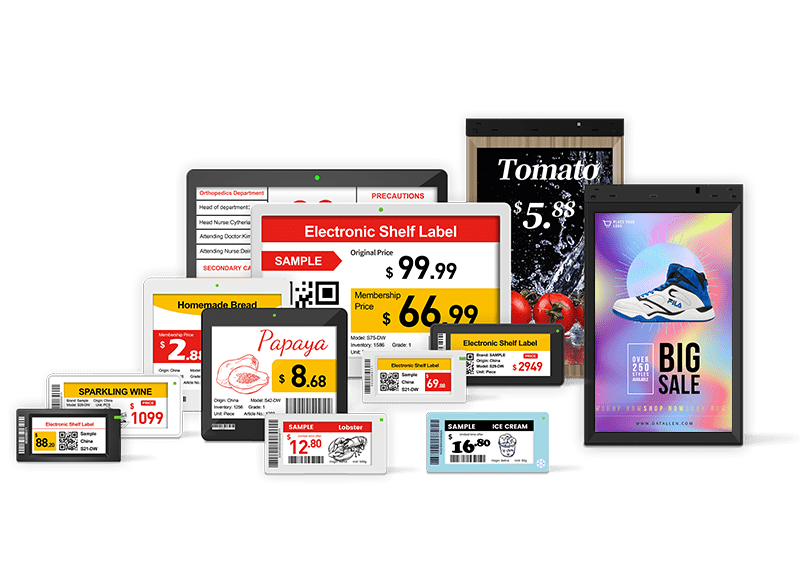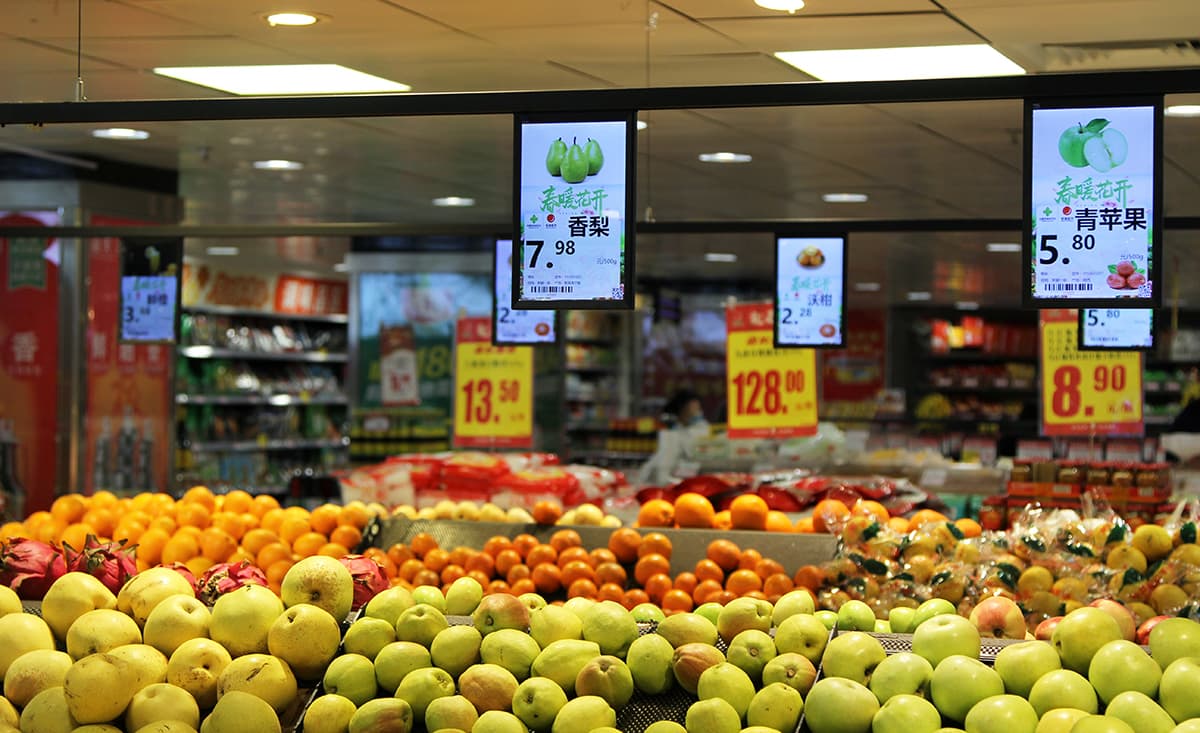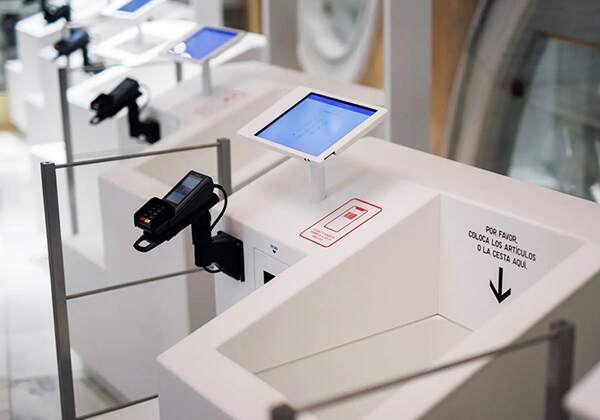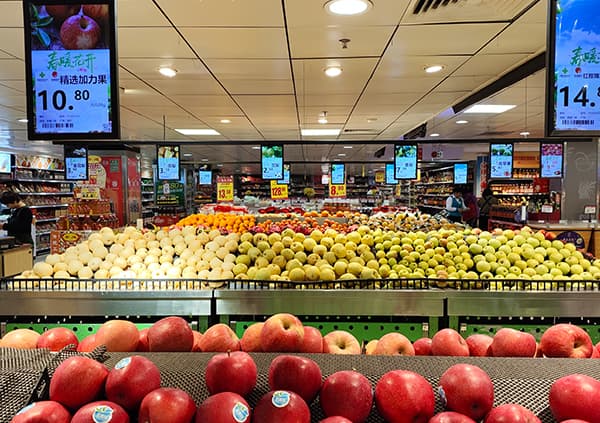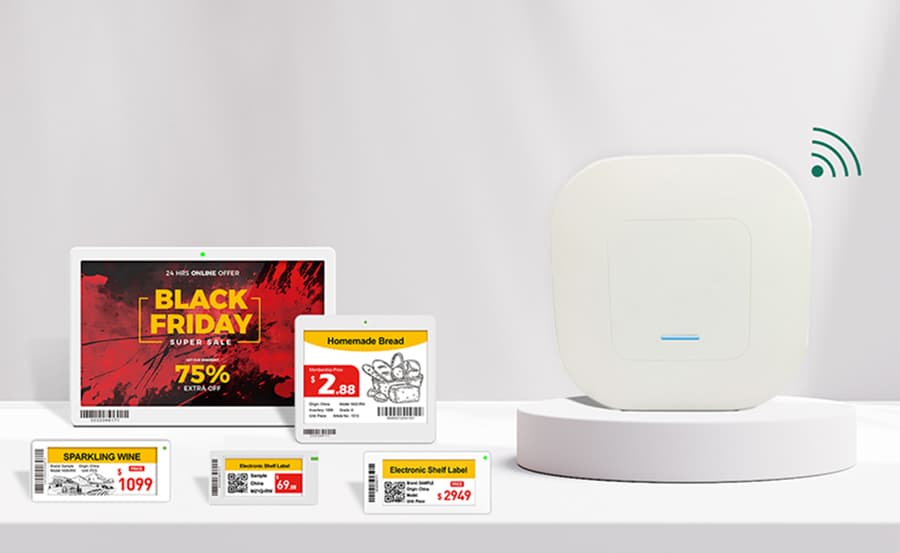What is the concept of green retailing?
Green retailing is no longer a niche concept but a critical movement reshaping the global commerce landscape. At its core, it refers to the integration of environmentally and socially responsible practices into every aspect of retail operations—from store design and supply chain management to product selection and customer engagement.
As climate concerns escalate, consumers increasingly favor brands that prioritize sustainability. A 2023 study highlighted that over 70% of shoppers are more likely to support retailers with verifiable green credentials. This shift underscores the urgency for retailers to adopt sustainable strategies that balance profit with planetary health.
The Pillars of Green Retailing
1. Sustainable Store Design and Operations
Green retailing begins with physical infrastructure. Stores like those under Watsons’s "Greener Stores Global Framework" prioritize energy-efficient lighting, water conservation systems, and waste reduction measures. For instance, using condensate water from air conditioners for irrigation or cleaning can save millions of liters annually. Similarly, Tesla’s solar roofs and LED lighting systems in malls cut energy use by up to 30%, demonstrating how green building standards like LEED or BREEAM become tangible assets.
2. Green Supply Chain and Product Selection
A retailer’s environmental footprint extends beyond its doors. Leading companies are now curating sustainable products and partnering with ethical suppliers. Far Eastern SOGO Department Store in Taiwan, for example, introduced a "SOGO Sustain" label to identify goods that meet strict eco-criteria, such as organic materials or recyclable packaging. Meanwhile, Carrefour collaborates with brands like Danone and Coca-Cola to offer reusable packaging options, reducing single-use plastic waste by 85% in pilot stores.
3. Consumer Education and Engagement
Empowering customers is vital. Retailers like Watsons host plastic-container recycling drives and provide "refill stations" for cosmetics, encouraging participation through incentives. Digital tools—such as apps that track carbon savings per purchase—foster a sense of collective responsibility. By aligning rewards with sustainability, retailers transform shopping from a transaction into a meaningful environmental action.
How Can Retail Stores Be Sustainable?
Retailers often ask: “Where do we start if we want to go green?” The answer lies in practical, incremental changes.
1. Energy efficiency: Install LED lighting, motion sensors, and renewable energy sources like solar panels.
2. Waste reduction: Minimize packaging, adopt reusable materials, and set up recycling stations for customers.
3. Supply chain optimization: Work with suppliers that prioritize sustainable sourcing and eco-friendly logistics.
4. Technology integration: Use ESL displays and digital signage to cut down on printed materials, while sharing sustainability messages with customers.
5. Customer engagement: Offer incentives for eco-friendly behaviors, such as discounts for reusable bags.
6. Sustainable store design: Build or renovate stores using low-carbon materials and incorporate efficient HVAC systems.
The key is to embed sustainability into everyday decisions rather than treating it as an add-on.
Integration of ESL Display & Digital Signage into Green Retailing
ESL displays and digital signage are becoming essential tools for green retailing. Their impact is both direct and indirect:
Paper reduction: Eliminating frequent printing of paper labels and posters.
Real-time updates: Prevents overproduction and waste by aligning prices and stock levels instantly.
Energy efficiency: Low-power displays and advanced screen technologies reduce energy consumption.
Consumer education: Digital signage communicates sustainability efforts directly to shoppers, strengthening trust.
Brands like Datallen have focused on building energy-efficient ESL and signage systems that support retailers in balancing digital transformation with sustainability.
The environmental benefits are multifaceted:
- Energy Efficiency: Modern ESLs harvest energy from ambient store lighting, requiring zero battery replacements and cutting electronic waste.
- Operational Precision: In cashierless stores, ESLs sync with IoT sensors to monitor inventory accuracy, reducing overstocking and food waste—a critical advantage for perishable goods.
- Seamless Integration: When paired with AI-driven platforms, ESLs optimize restocking routes and dynamic pricing, slashing energy use in logistics. Brands like Datallen leverage this to help retailers achieve net-zero carbon targets.
Thus, ESL technology exemplifies how digital innovation underpins sustainable retailing, proving that ecological choices can also be economically smart.
Global Green Retailing Examples
Case Study 1: Carrefour and Loop’s Reusable Packaging Revolution
In France, Carrefour has pioneered one of the world’s most successful large-scale reuse systems. Through TerraCycle’s Loop platform, customers buy products—from wine to shampoo—in durable, returnable containers. After use, they return the packaging (unwashed) to any participating store, paying a deposit that incentivizes participation. The results are staggering:
- 345 supermarkets now offer over 370 products in reusable packaging.
- Partnerships with giants like Ferrero and Unilever create a closed-loop ecosystem, diverting 10,000 tons of waste annually.
Key to this success was regulatory support and convenience. Unlike earlier pilots in the U.S. or Japan, France’s policy mandates on single-use plastics accelerated adoption, showing that government-retail collaboration is essential for scale.
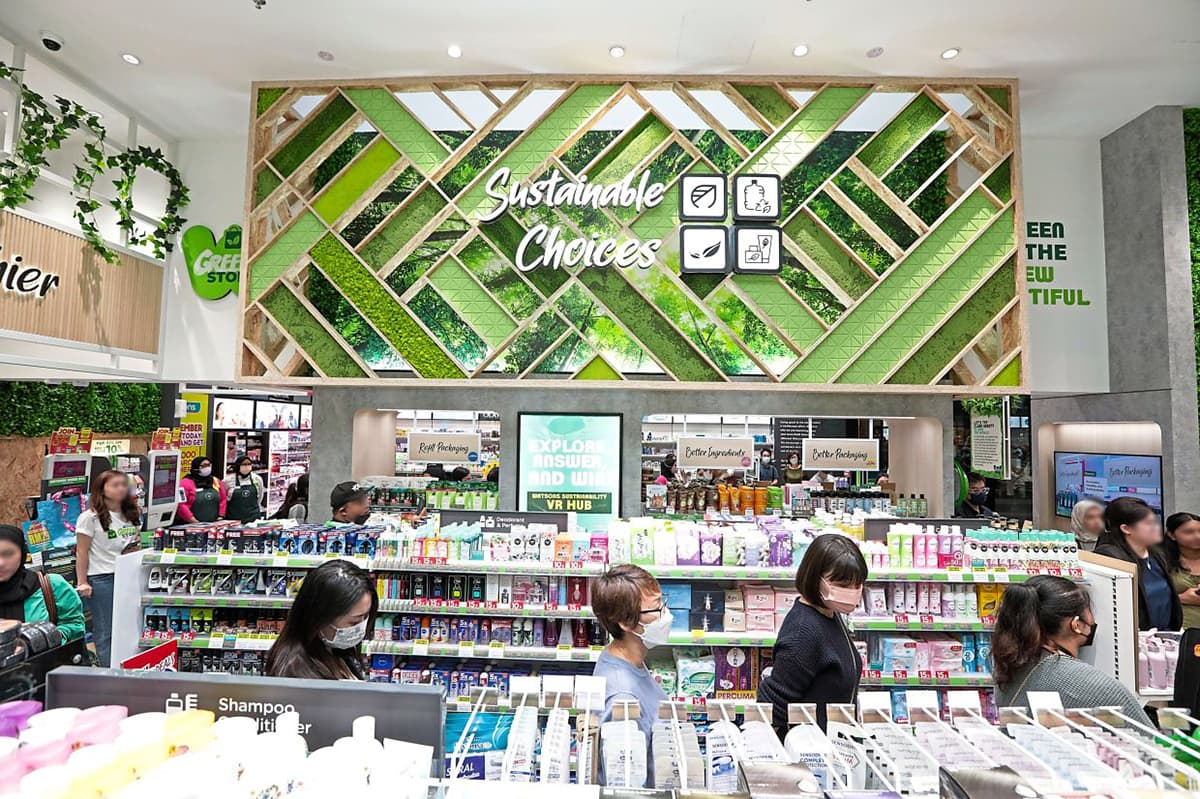
Case Study 2: Watsons’ Greener Stores Global Framework
As Asia’s largest health and beauty retailer, Watsons operates 16,400 stores globally. Its "Greener Stores" initiative mandates carbon-neutral designs, such as solar panels and water recycling systems. The outcome? A 40% reduction in energy use across new outlets. Moreover, by banning microplastics in its products and launching community recycling programs, Watsons engages millions of customers in sustainability, proving that green retailing can be both scalable and impactful.
Overcoming Challenges in Green Retailing
Despite its promise, green retailing faces hurdles. High upfront costs—like installing ESL systems or solar panels—deter small businesses. However, case studies show that investments pay off: Carrefour’s Loop initiative breaks even within two years via lower packaging costs and increased customer loyalty. Another challenge is consumer skepticism. To counter this, retailers like Far Eastern SOGO use transparency—e.g., disclosing supply chain details—to build trust.
Strategies for success include:
- Phased Implementation: Start with low-cost steps like digital receipts (as SOGO did, saving 2 highway-lengths of paper yearly) before expanding to infrastructure overhauls.
- Policy Advocacy: Leverage incentives like tax breaks for green technologies.
Common Questions & Answers
Q1: Is green retailing just marketing or real impact?
It depends on execution. Genuine green retailing uses measurable metrics, not just slogans.
Q2: How much does it cost to implement green retailing for a mid-sized store?
Initial costs vary, but technologies like ESL displays often deliver ROI within 1–3 years through reduced waste and labor.
Q3: Can ESL displays and digital signage truly reduce carbon footprint?
Yes—by eliminating paper use, cutting logistics emissions, and enabling smart energy management.
Q4: Does the cashierless store model conflict with sustainability goals?
Not necessarily. Cashierless systems reduce material use and improve efficiency, though energy use from sensors must be managed responsibly.
Q5: How to avoid accusations of greenwashing?
Be transparent: publish reports, show measurable data, and avoid vague sustainability claims.
Q6: What metrics should a retailer track to prove green performance?
Carbon footprint, waste reduction, renewable energy adoption, and customer engagement levels.
Q7: How to get customer buy-in for green retail initiatives?
Educate shoppers through signage, reward eco-friendly actions, and provide visibility into sustainability results.
The Future of Green Retailing
The next decade will see AI and IoT further revolutionize green retailing. For instance, cashierless stores with ESL-driven inventory management will minimize waste through predictive analytics. Meanwhile, biomaterials for packaging and carbon-negative stores could become mainstream.
Consumer roles will also evolve. Tools like blockchain-trusted eco-labels will let shoppers verify sustainability claims instantly. As Tom Szaky of TerraCycle notes, "The future lies in making green choices the easiest choices".
Conclusion
Green retailing is more than a trend—it’s a necessary evolution toward a circular economy. By embracing technologies like ESL displays, learning from pioneers like Carrefour and Watsons, and prioritizing consumer collaboration, retailers can achieve both profitability and sustainability. The journey requires commitment, but as global examples prove, the triple bottom line—people, planet, profit—is within reach.
For more insights, check out:
1. How Retail Stores Customer Engagement Strategies Are Shaping Modern Shopping| تجربة العملاء
2. How to Create Effective Retail Store Advertising?
3. Retail’s Paperless Shift- Key Technologies Driving Green Retailing
4. Electronic Labels vs. Manual Tags: Cost & Efficiency Analysis for Modern Retailers
5. Smart Shelf Technology-The Future of Inventory, Efficiency, and Green Retailing

